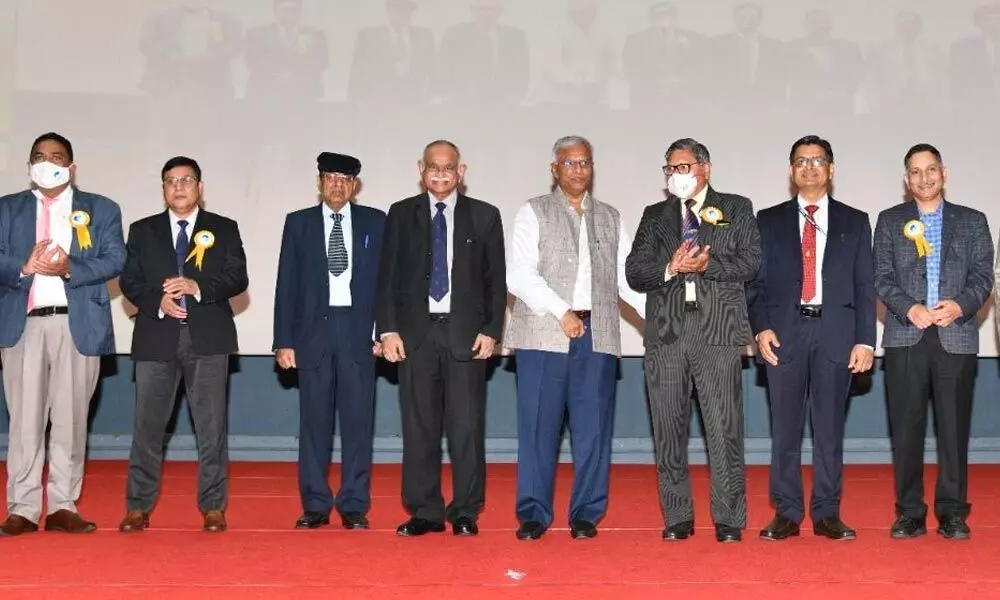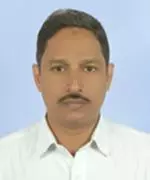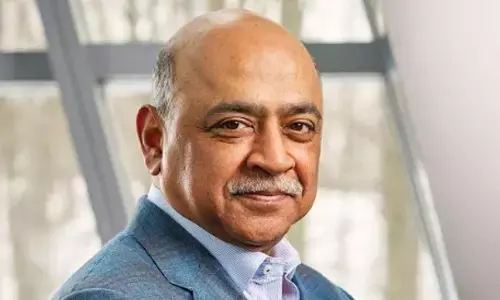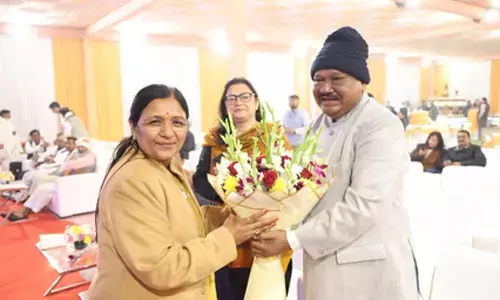Hyderabad: Scientists pitch for use of digital intelligence in farming

Scientists pitch for use of digital intelligence in farming
International scientists deliver keynote addresses during the plenary session at PJTSAU
Rajendranagar: Stressing that the digital intelligence in farming was the need of the hour, Prof Raj Khosla of Kansas State University, USA said that the public-private partnership was essential for digital agriculture and using the GPS technology, all farm operations could be digitised as precision input usage would enhance farm productivity.
Delivering a lecture on 'Future of Farming: Big data, Analytics and Precision Agriculture' during the plenary session at Prof Jayashankar Telangana State Agriculture University (PJTSAU) on Thursday, Prof Khosla emphasised the need of artificial intelligence enabled digital tools for boosting farm income and productivity.
Dr Bruno Gerrad and Ben Guerir from Morocco delivered lectures on 'Conservation Agriculture – a global perspective.' They said that converting conventional agriculture into conservation agriculture helps in conserving natural resources that help combat climate-related crop losses. Besides, developing suitable farm machines for small and marginal farm holdings can greatly influence the adoption of conservation agriculture. They opined that Axial flow pumps should be used to conserve moisture during drought stress periods.
Dr Simon Cook of Future Food Institute, Murdoch University, Australia while delivering a keynote on 'Digital Agriculture for Smart Agriculture', has highlighted the importance of digitalisation in agriculture to make precise application of input for marginal and small farmers.
"In recent decades, usage of digital systems in India is picking up pace. Digital-agritech supports greater changes in agricultural production, capital gains, consumer and governance point of view," he asserted.
Meanwhile, the third day plenary saw four keynote addresses by national and international scientists, 15 lead papers, 15 oral and 17 rapid presentations.














